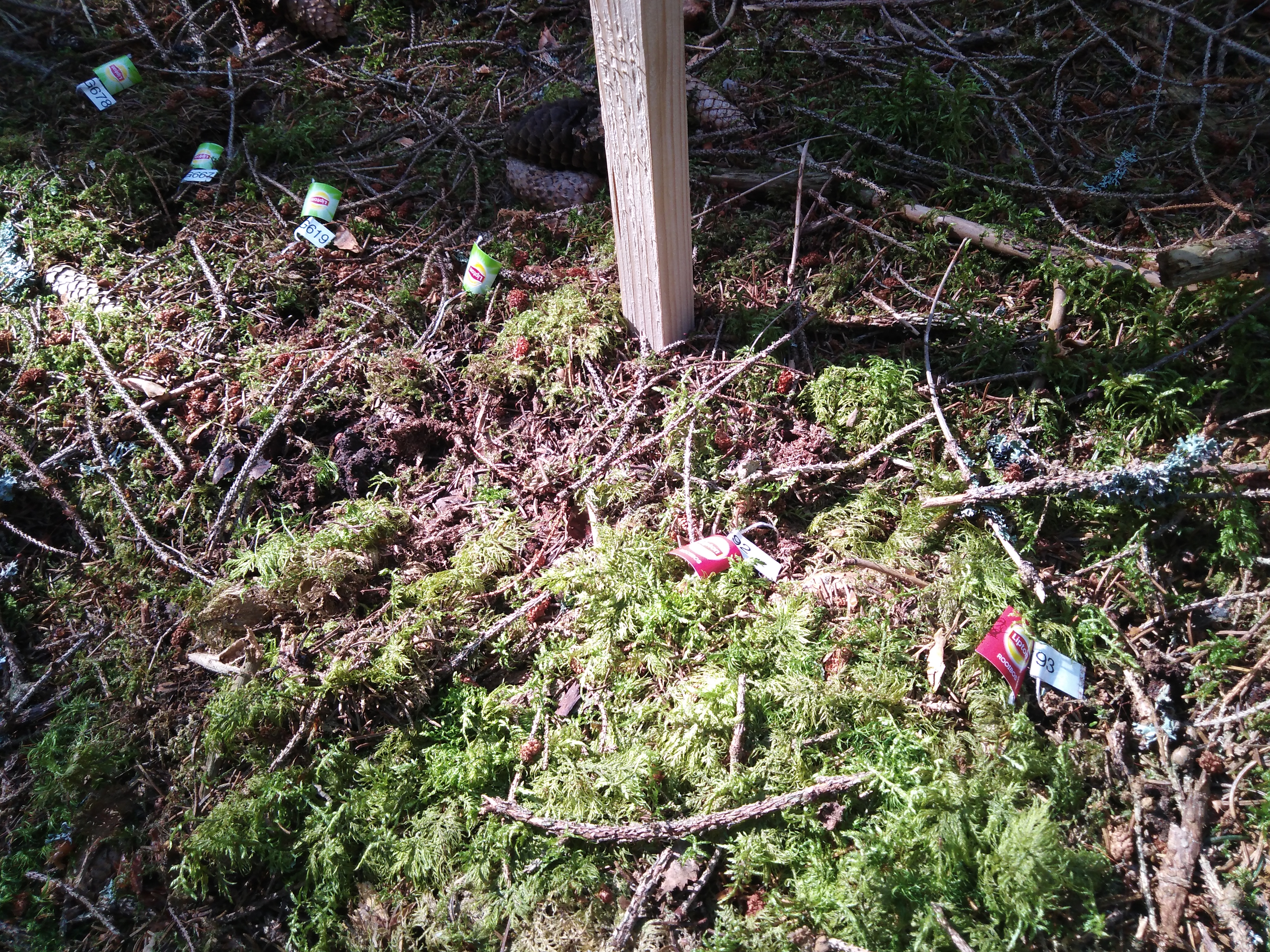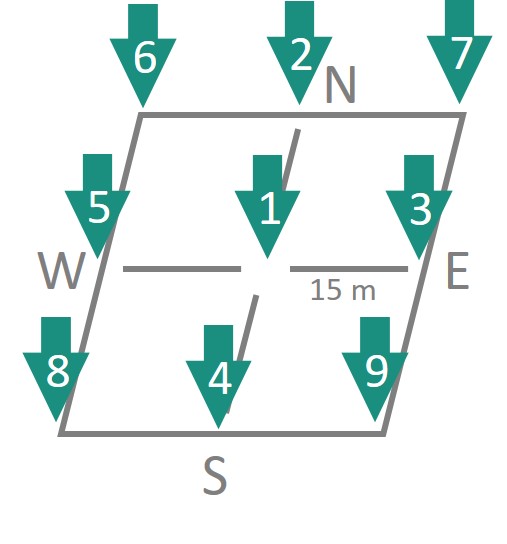The Global Soil Biodiversity Observation Network (Soil BON) is working in partnership with the Global Soil Biodiversity Initiative (GSBI) and other global and regional partners to increase the monitoring of soil ecosystems. The goal is to connect multi-national partners and initiatives in a worldwide effort to understand soil biodiversity, document how it is changing, how these changes affect people who rely on soil living resources for their well-being and livelihoods, and to better understand how the sustainable use of ecosystems can protect soil biodiversity. To achieve these goals they plan to monitor 1000 locations across the world including Asa Forest Research Station and Aneboda IM along with six other stations in Sweden. The purpose of the sampling is to have two paired sites, one nature conservation site (Aneboda IM) and one non-conservation site (Asa) and the samples need to be from a single habitat type. All eight sites in Sweden are dominated by Norway Spruce.


During the last week of August soil samples were taken at Asa Forest Research Station and the Aneboda IM site. A standard sampling kit is used worldwide and all samples are sent to the same laboratory in Germany for genetic sequencing analyses. In addition to sequencing, analysis of soil functional characteristics will be performed for ecosystem function studies (soil respiration, substrate-induced respiration, microbial biomass, enzyme activity, and soil aggregate stability).
Samples consist of bulk and crust samples, taken at nine points. Additionally, at the central point (point 1 in the figure above) eight tea bags (green tea and Rooibos tea) were buried at 5 cm depth. They will be removed after 12 months and their decomposition stage will be determined. Buried tea bags are actually a well-known, unified, and comparable method for determining the speed of decomposition. Two types of tea are used because there are two phases of decomposition – in the first phase decomposition is high as all the “easy” material is being decomposed and in the second phase decomposition slows down as it is only “hard” material left. Green tea decomposes quickly while Rooibos tea decomposes more slowly. Comparing the decomposition stage of both varieties of tea gives information not only about how much easy material is decomposed but also about initial decomposition rate.
The teams at Asa and Aneboda stations are excited to be able to contribute to increasing knowledge about soil ecosystems worldwide!